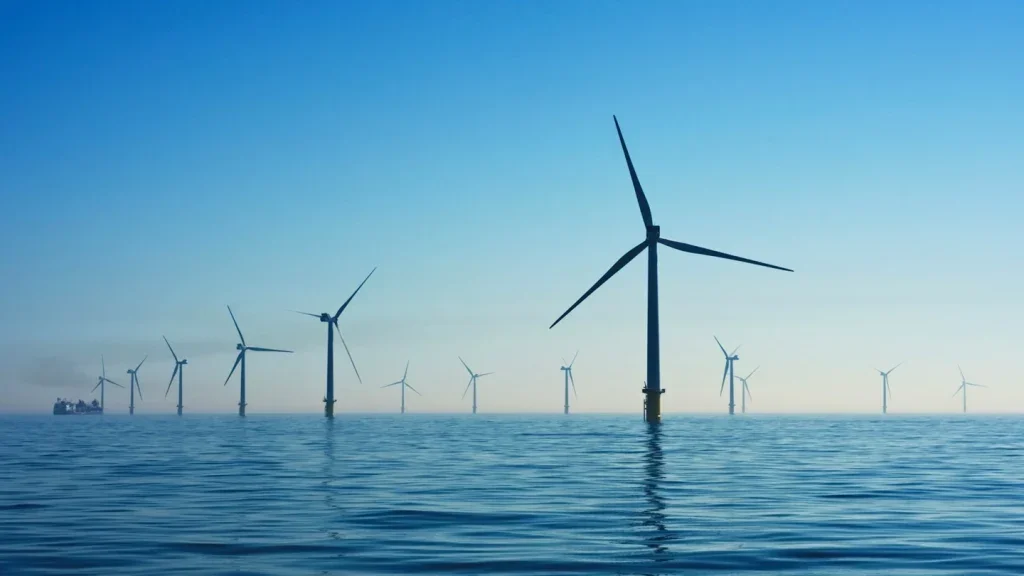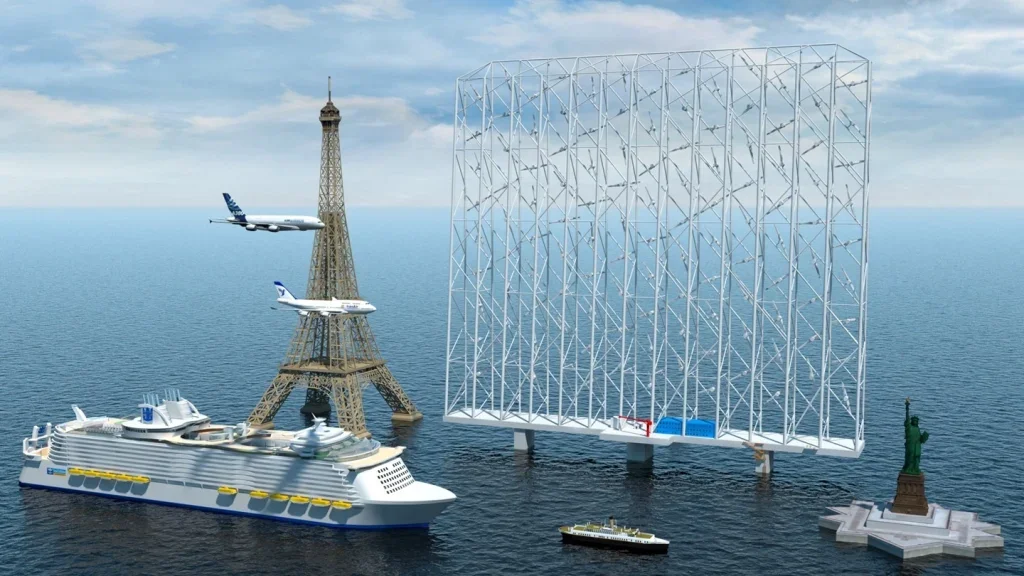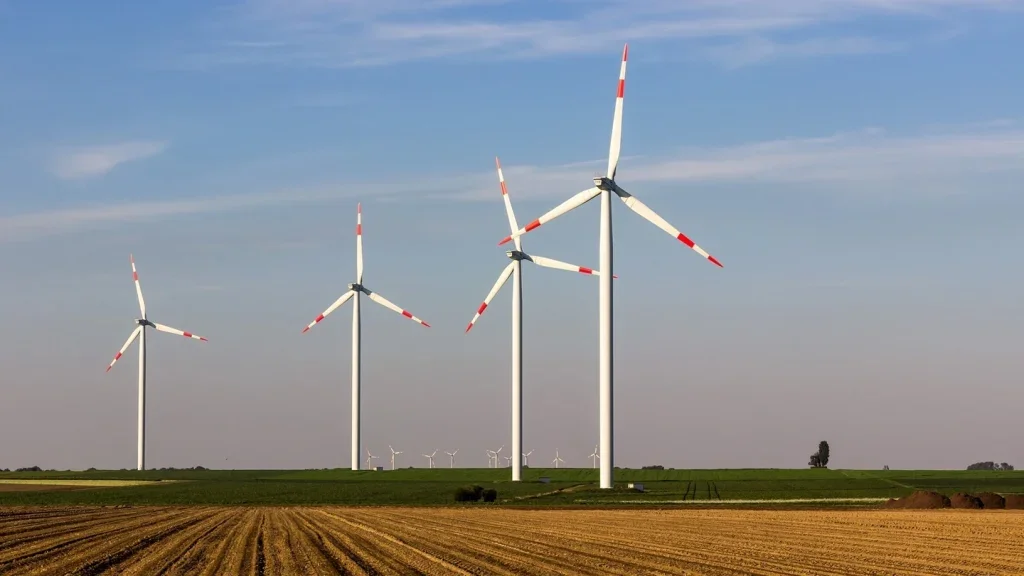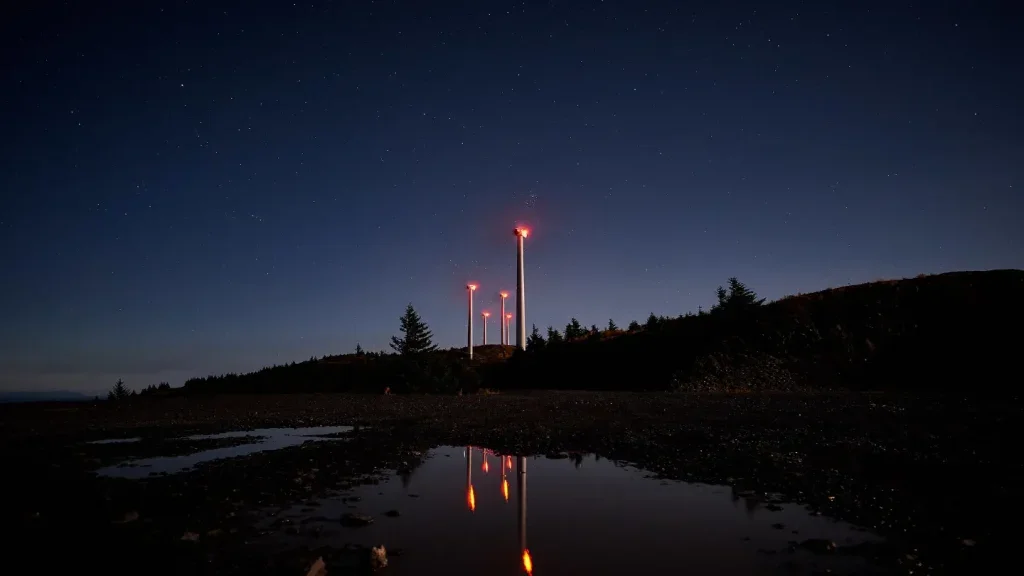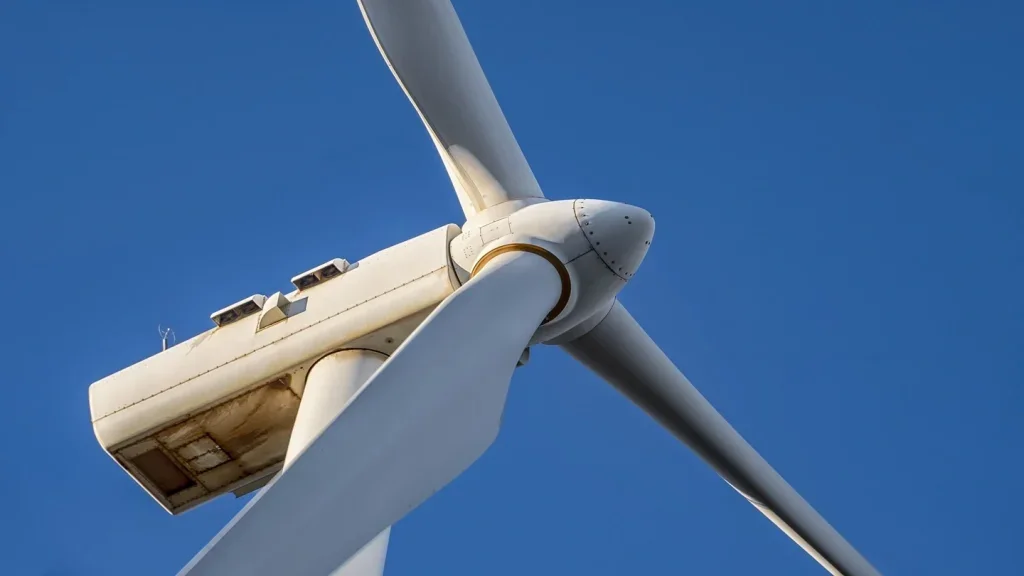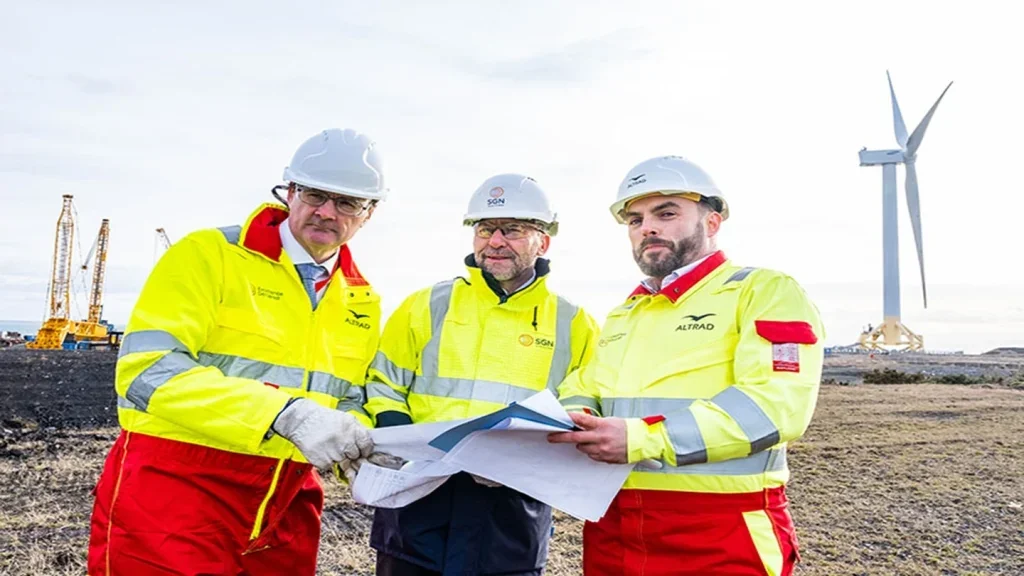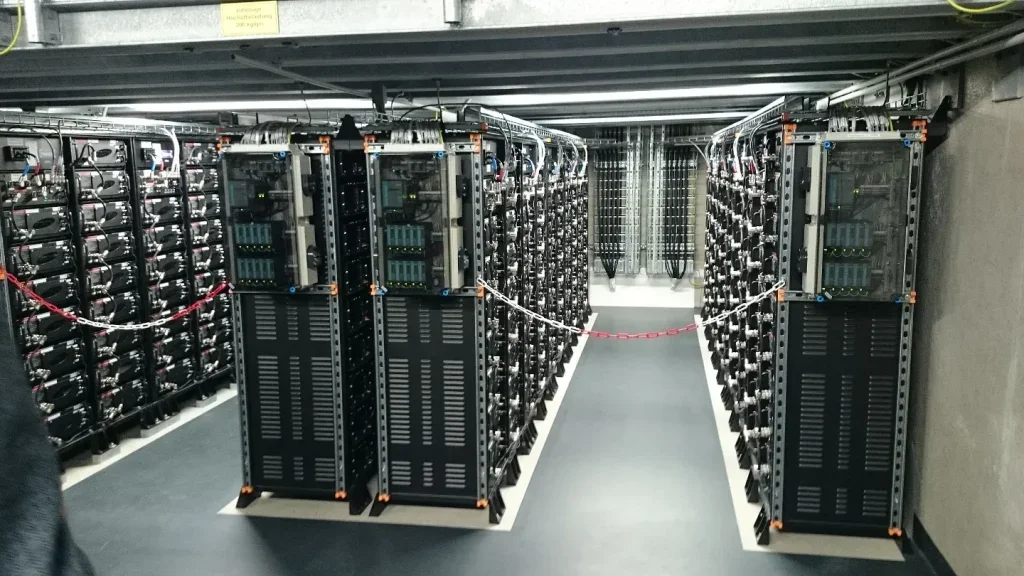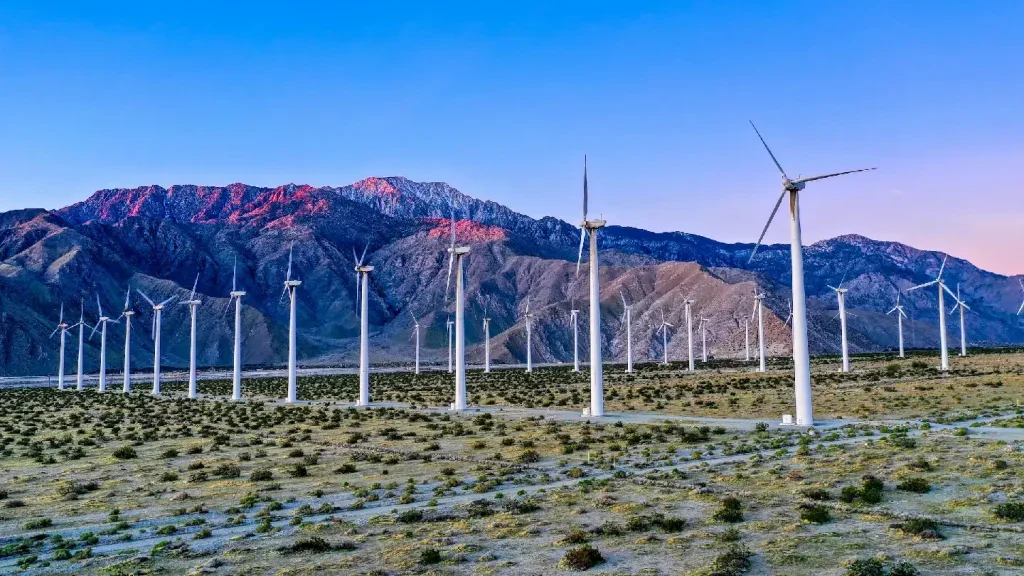All articles by Amit Thadani
The Energiewende storms ahead
For over a decade, Germany’s leaders have talked enthusiastically about boosting the country’s wind sector – but between local opposition and the lure of ambitious gas schemes, German turbines have traditionally struggled to get noticed. However, with the Russian invasion of Ukraine forcing a rethink of how the country secures its electricity – and a new green-friendly government ensconced in Berlin – could Germany finally fulfil its wind potential? Andrea Valentino talks to Christoph Podewils at Global Solutions Initiative and Heike Winkler at WEB, to learn more.
As fast as the wind
Floating offshore wind offers great potential over its fixed counterparts, able to harness energy from higher winds that occur far out at sea. However, current models have huge blades up to 115m long, maxing out speeds of around 11m per second, which limits the amount of energy that can be produced. Andrew Barnett speaks with Wind Catching Systems CEO Ole Heggheim and vice president of industry and government affairs Daniel Engelhart-Willoch to hear about a platform the company is developing, which will contain over 100 rotors with 15m-long blades stacked vertically within a 300m-high frame. Due to their smaller size, they should be able to harness higher wind speeds, generating more energy at a cost that could compete with fossil fuels.
Onshore assurance
The wind power industry faces supply chain issues and rapidly rising costs due to inflation across the board, but onshore wind has been hit the hardest. Abi Millar talks to Alessandro Mancino, head of onshore sales at Siemens Gamesa, Oliver Metcalfe, head of wind research at Bloomberg NEF, and Shashi Barla, an analyst at Wood Mackenzie, about the challenges facing onshore wind and why wind energy companies are still optimistic about its future.
Power up
With many of the prime locations for wind turbines currently occupied by older models, repowering could prove vital for the future growth of the industry. Elly Earls speaks to Ivan Komusanac, electrification advisor at WindEurope, to find out what the repowering process looks like at present and why it is crucial for governments to streamline permitting procedures.
Turn off the lights
Blinking red lights have been a night-time staple of wind farms forever. And though the flashes are important for keeping turbines safe – not least to stop low-flying aircraft from crashing into them – local residents have long been frustrated with the light pollution wind farms can cause. But with the rise of aircraft detection lighting systems, these challenges could soon be a thing of the past. Andrea Valentino talks to Jasper Salzwedel, senior sales manager at Deutsche Windtechnik, to learn more.
Pillar of support
Wind farms are impossible to both construct and maintain without a fleet of ocean-going vessels on standby. With the offshore sector reaching maturity, a new generation of ships offers greater comfort and far higher environmental standards than their antecedents. Andrea Valentino chats to James Lewis, a business sector lead at BMT, and Graham Tyson, a marine specialist at MHI Vestas, about the role ships play in a turbine’s lifespan, how the latest models are helping engineers and the planet alike, and how these ships might develop in future.
Future fuel
While wind power is going from strength to strength, fossil fuels – most notably, natural gas – remain a vital component of the energy mix for the UK and much of Europe. Fortunately, however, wind is poised to drag the latter into the future by providing the power necessary to create synthetic hydrogen. Greg Noone talks to Angus McIntosh, director of energy futures at SGN, and Kevin Harrison, a senior engineer at NREL, to find out more about the potential of wind-powered electrolysis.
Storage wars
For decades, the UK has been expanding its wind energy capabilities, with thousands of turbines now scattered across its fields and around its coastlines. Until recently, however, the country struggled to store all that new electricity. But with loosened regulations, the UK could be at the start of an unprecedented energy storage boom. Andrea Valentino talks to Kayte O’Neill, head of markets at National Grid Electricity System Operator (ESO), and Professor Phil Taylor, pro vice-chancellor for research and enterprise at the University of Bristol, about how wind has transformed the UK’s energy portfolio, the new importance of battery storage units and how the technology might develop in future.
A double-edged blade
As investment in wind power continues to grow, questions have arisen over the environmental impact of wind turbine construction and, as legacy platforms begin to reach the end of their life cycle, their recyclability. Nicholas Kenny speaks to Ray Lewis, market segment manager of wind energy at Diab, and Barry Thompson, CEO of Alpha 311, to learn more about these issues and the ways in which the industry is trying to adapt around them.
Wind affected
From starting 2020 on a high, the wind industry has – inevitably – found itself scrambling to adjust to Covid-19 and all its consequences over the past 18 months. And from disrupted supply chains and delayed projects, there’s certainly plenty to chew on – even if, over the long term, the industry’s future still looks cheery. Andrea Valentino chats to Ken Kaser and Steve Dayney from Siemens Gamesa, and Shashi Barla, a Wood Mackenzie analyst, about how the wind industry has fared in the age of Covid, what that has meant for industry supply chains and how its geographical make-up might change.

